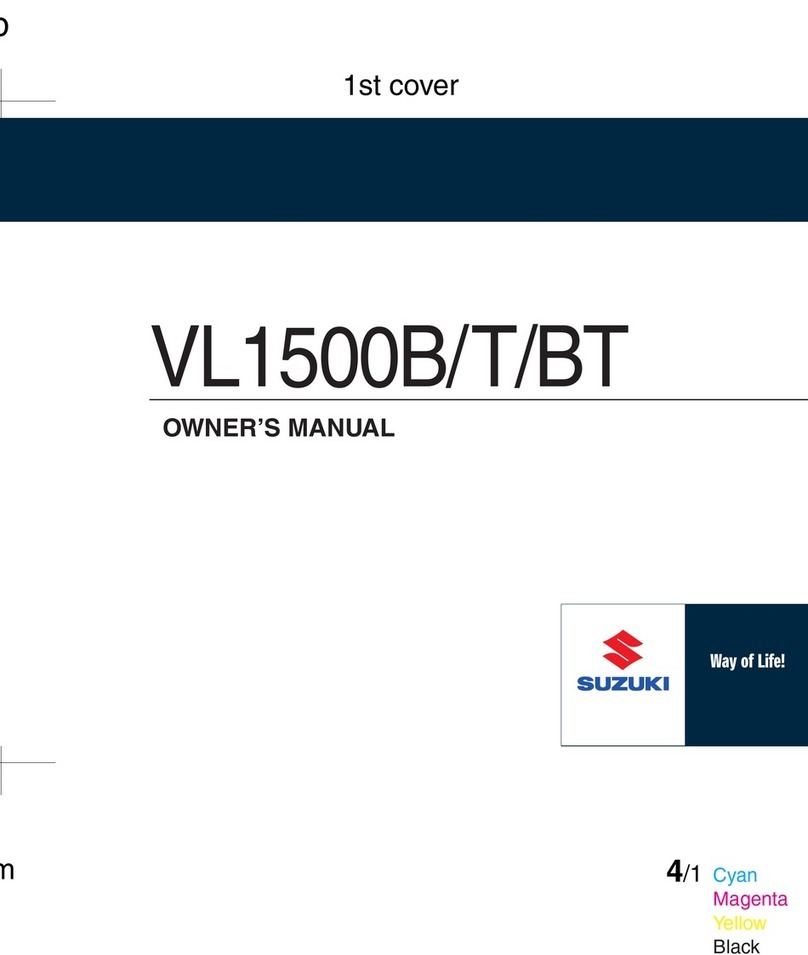Suzuki TS200R User manual
Other Suzuki Motorcycle manuals

Suzuki
Suzuki Intruder VZ1500 User manual
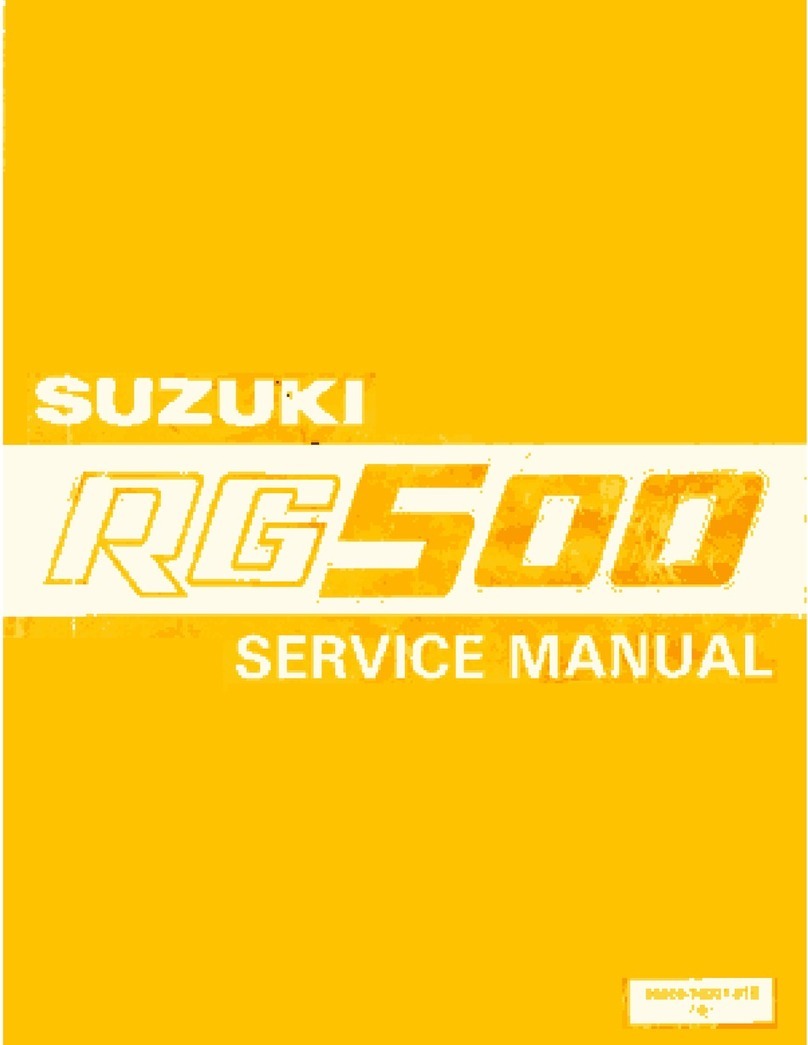
Suzuki
Suzuki rg500 User manual
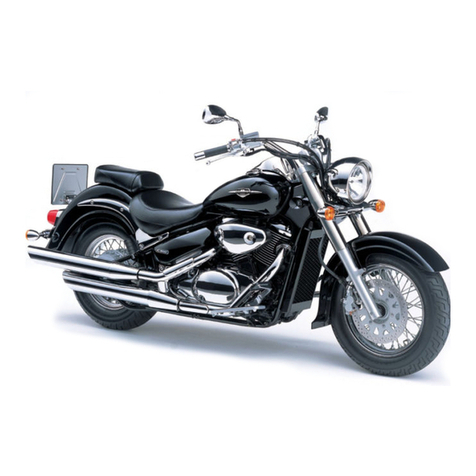
Suzuki
Suzuki 2004 VL800 User manual

Suzuki
Suzuki GS1000 User manual
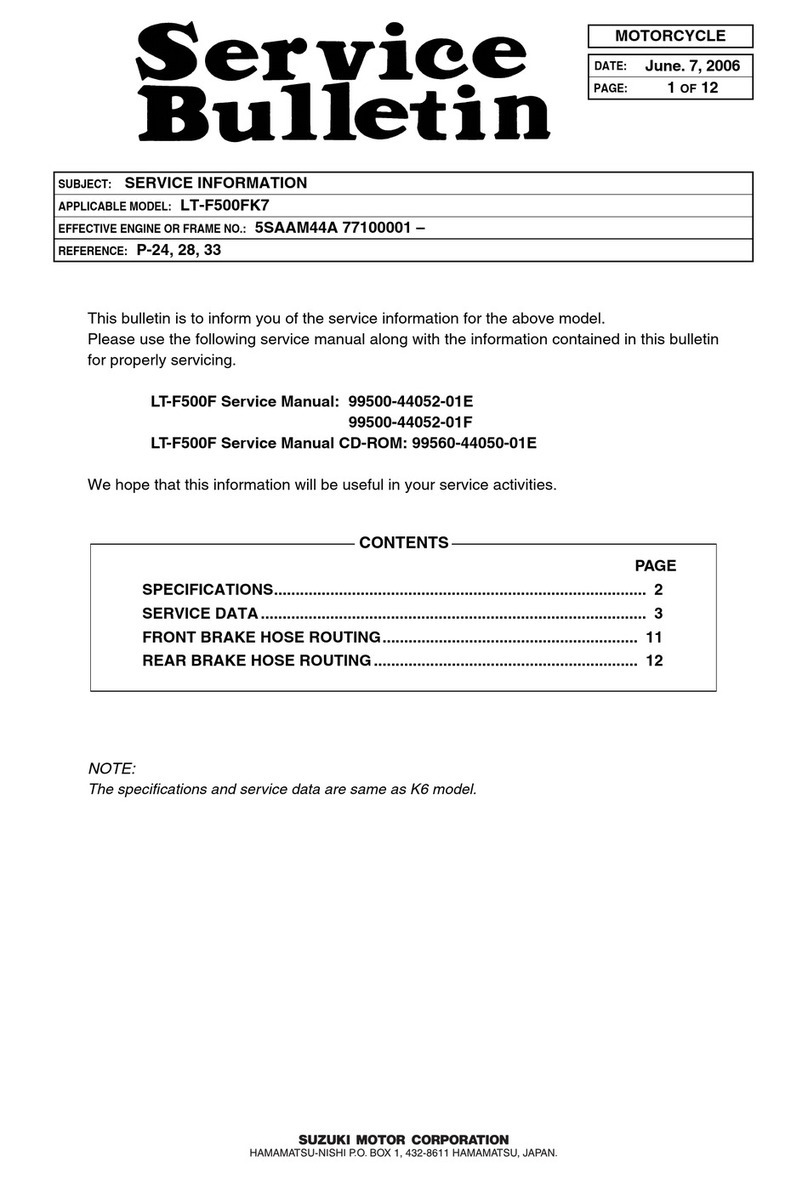
Suzuki
Suzuki LT-F500FK7 Reference manual
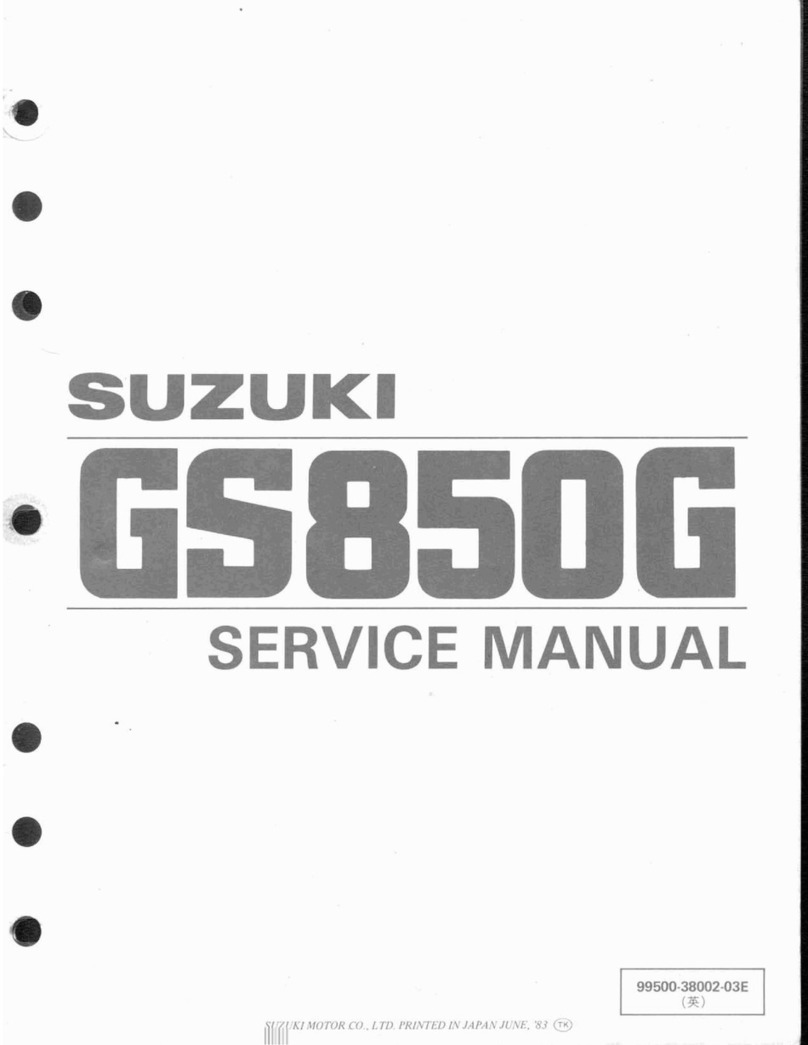
Suzuki
Suzuki GS850G User manual

Suzuki
Suzuki Katana 1100 User manual

Suzuki
Suzuki DR650SE Install guide
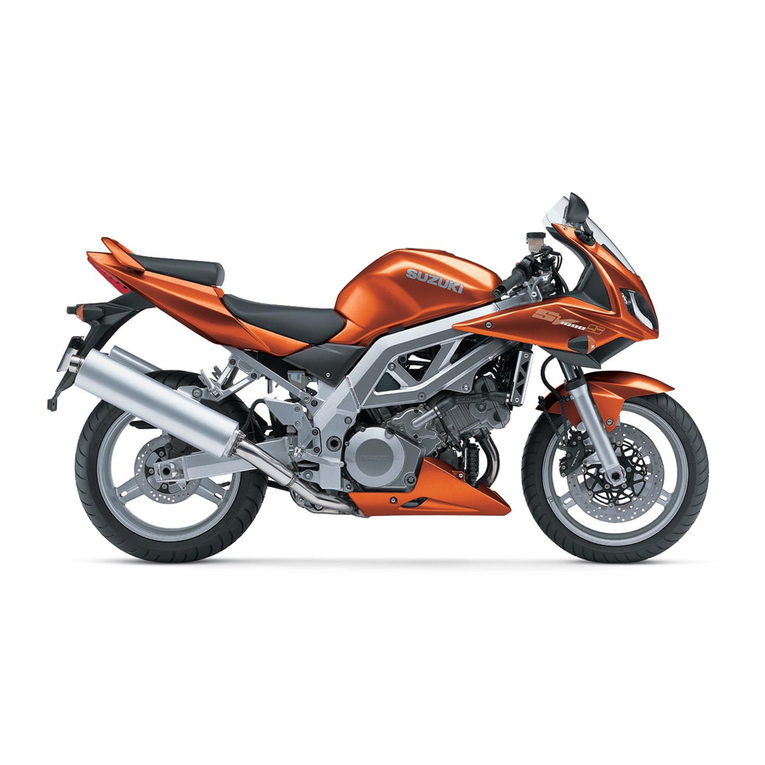
Suzuki
Suzuki sv1000S User manual
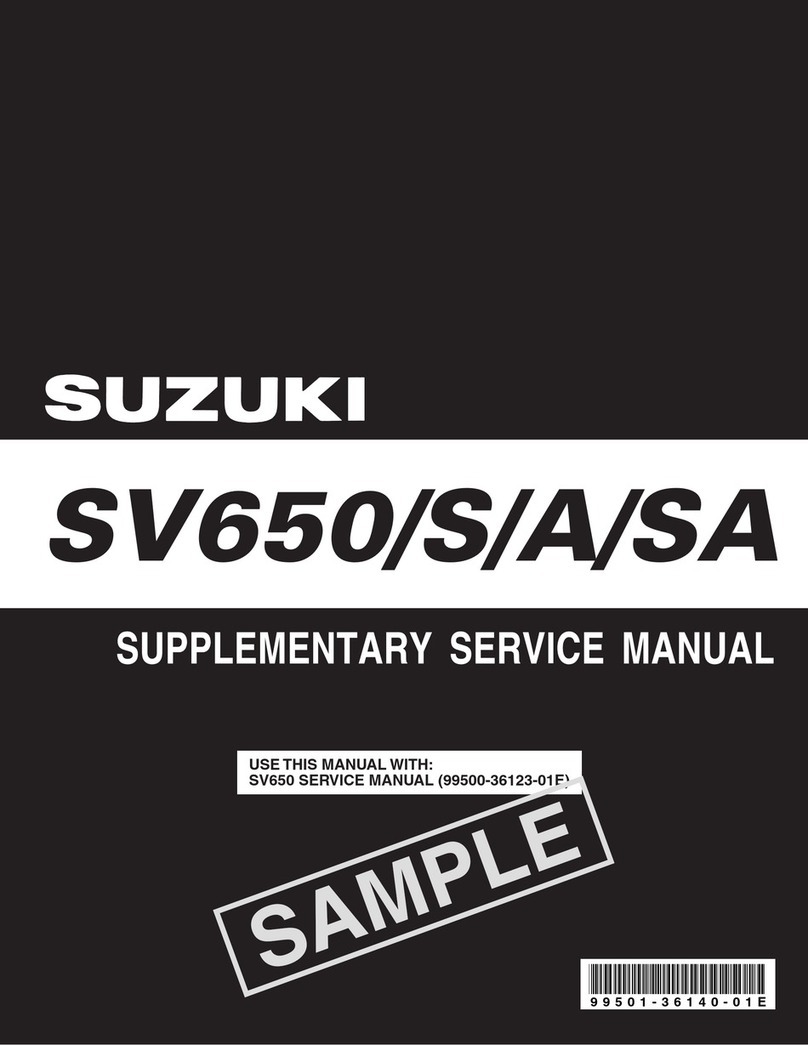
Suzuki
Suzuki SV650 Manual

Suzuki
Suzuki GZ250 Marauder User manual
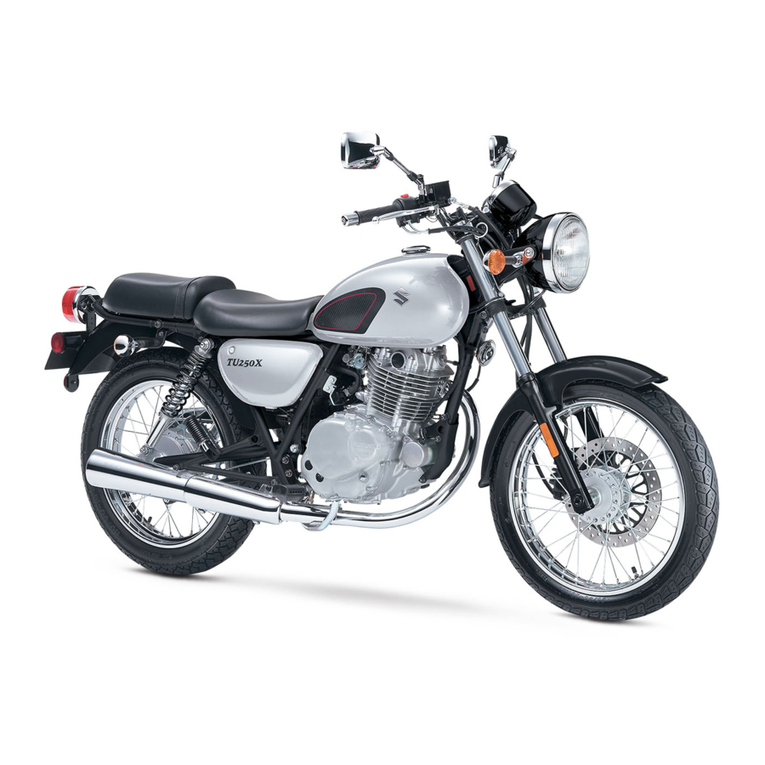
Suzuki
Suzuki TU250X User manual
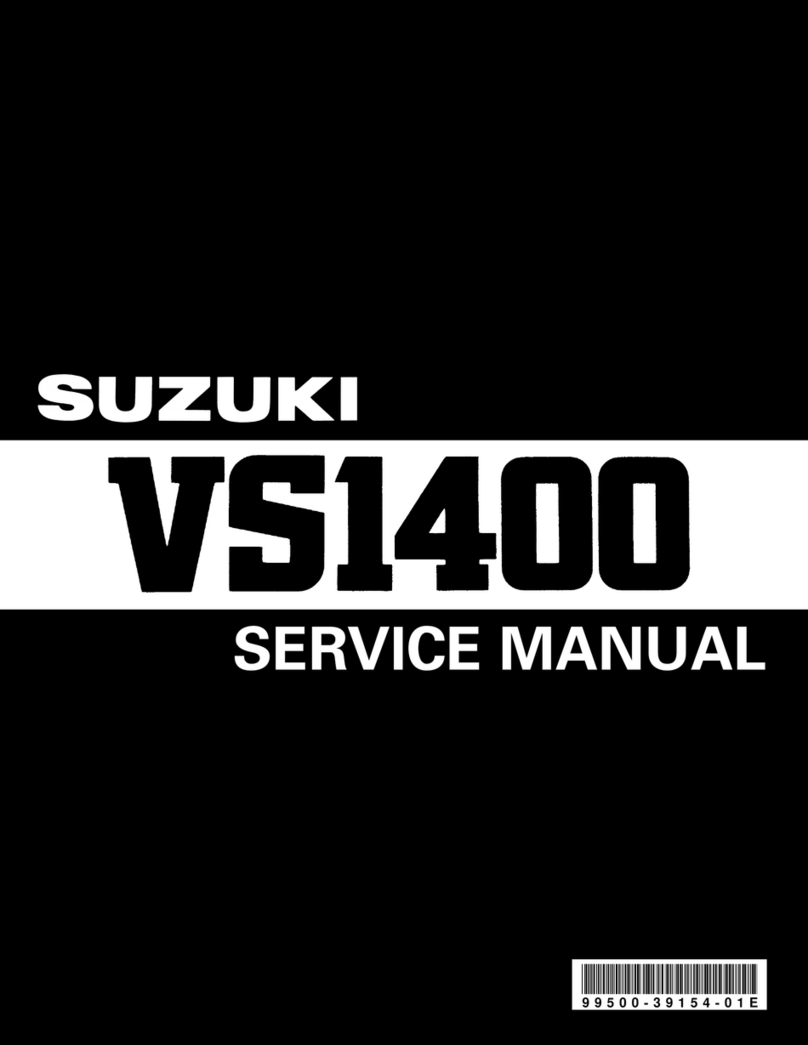
Suzuki
Suzuki Intruder VS1400 User manual

Suzuki
Suzuki SVF650K9 User guide
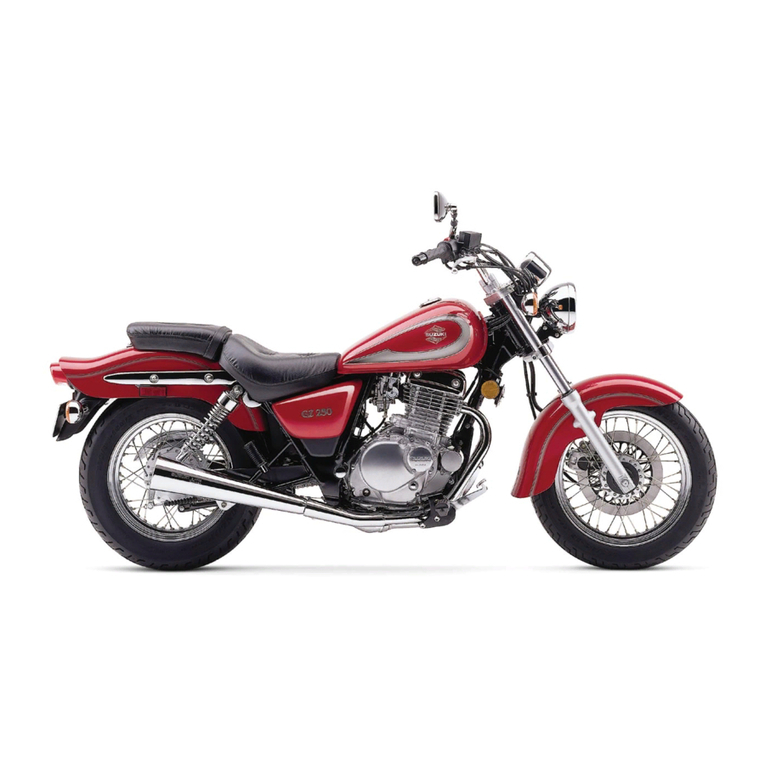
Suzuki
Suzuki GZ250 1999 User manual
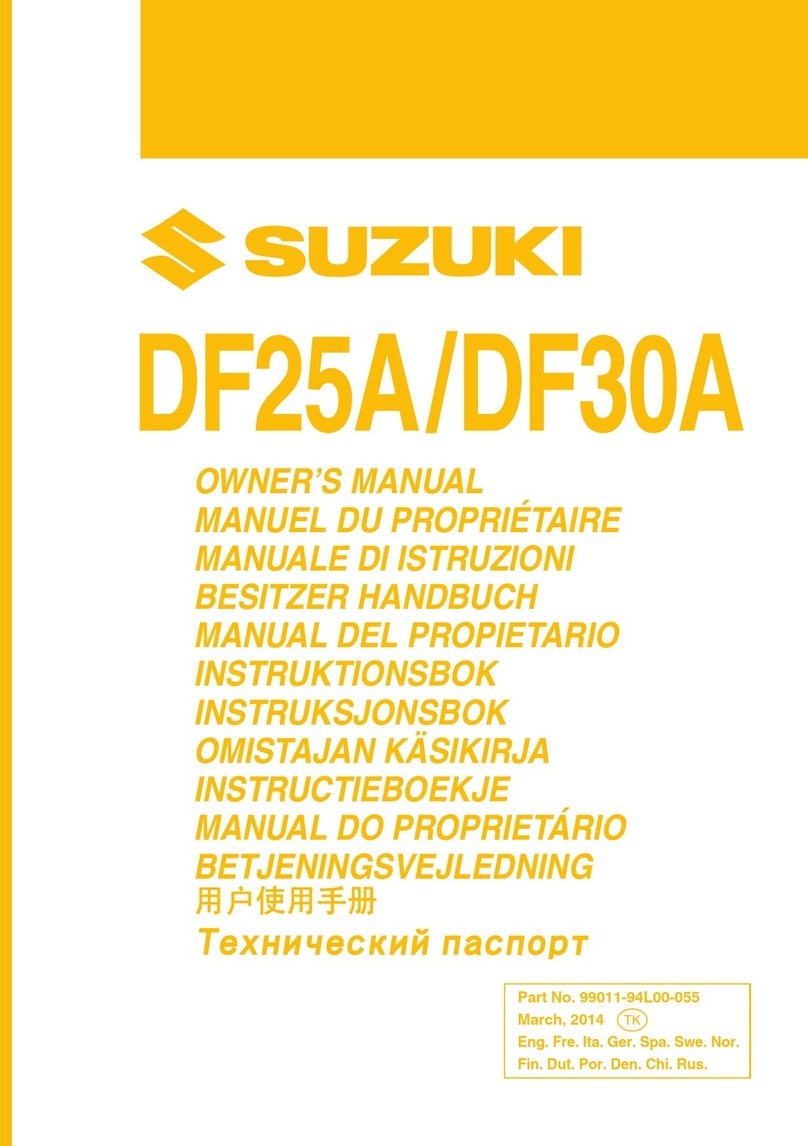
Suzuki
Suzuki DF25A 2014 User manual
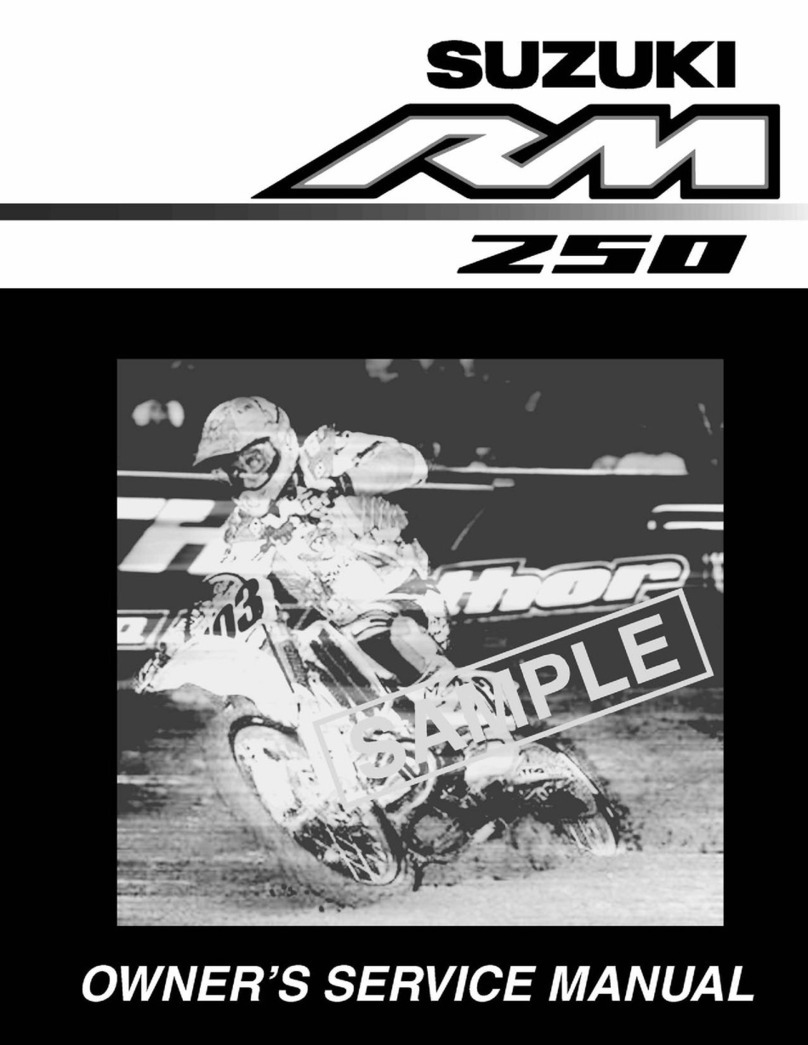
Suzuki
Suzuki RM250 Application guide

Suzuki
Suzuki RM-Z250 Application guide
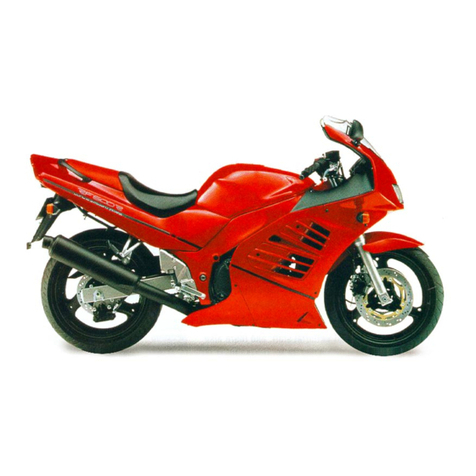
Suzuki
Suzuki 1994 RF600R User manual
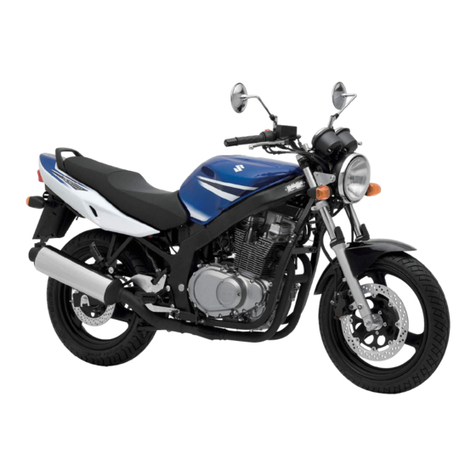
Suzuki
Suzuki GS500/F User manual
Popular Motorcycle manuals by other brands

MV Agusta
MV Agusta Brutale 675 Workshop manual

APRILIA
APRILIA RSV MILLE - PART 1 1999 User manual content

Royal Enfield
Royal Enfield Himalayan 2018 owner's manual

SSR Motorsports
SSR Motorsports Lazer5 owner's manual

MOTO GUZZI
MOTO GUZZI 2005 Griso 1100 Use and maintenance book

KTM
KTM 85 SX 19/16 owner's manual

